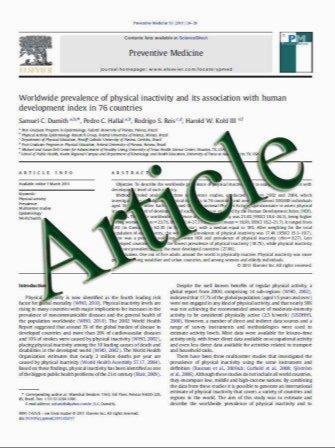Postpartum anemia I: definition, prevalence, causes, and consequences
- نوع فایل : کتاب
- زبان : انگلیسی
- مؤلف : Nils Milman
- چاپ و سال / کشور: 2011
Description
This review provides a status on the definition, prevalence, causes, and consequences of anemia in women who have given childbirth, i.e., postpartum anemia. The diagnosis of iron deficiency anemia relies on a full blood count including hemoglobin, serum ferritin, and serum soluble transferrin receptor, which appear to be reliable indicators of anemia and iron status 1 week postpartum while serum transferrin saturation is an unreliable indicator several weeks after delivery. It is recommended that postpartum anemia should be defined by hemoglobin <110 g/L at 1 week postpartum and <120 g/L at 8 weeks postpartum. The major causes of postpartum anemia are prepartum anemia combined with acute bleeding anemia due blood losses at delivery. Normal peripartum blood losses are approximately 300 ml, but hemorrhage >500 ml occur in 5–6% of the women. In healthy women after normal delivery, the prevalence of anemia (hemoglobin <110 g/L) 1 week postpartum is 14% in iron-supplemented women and 24% in non-supplemented women. In consecutive series of European women, the prevalence of anemia 48 h after delivery is approximately 50%. In developing countries, the prevalence of postpartum anemia is in the range of 50–80%. Postpartum anemia is associated with an impaired quality of life, reduced cognitive abilities, emotional instability, and depression and constitutes a significant health problem in women of reproductive age.
Ann Hematol DOI 10.1007/s00277-011-1279-z Received: 22 February 2011 / Accepted: 7 June 2011


